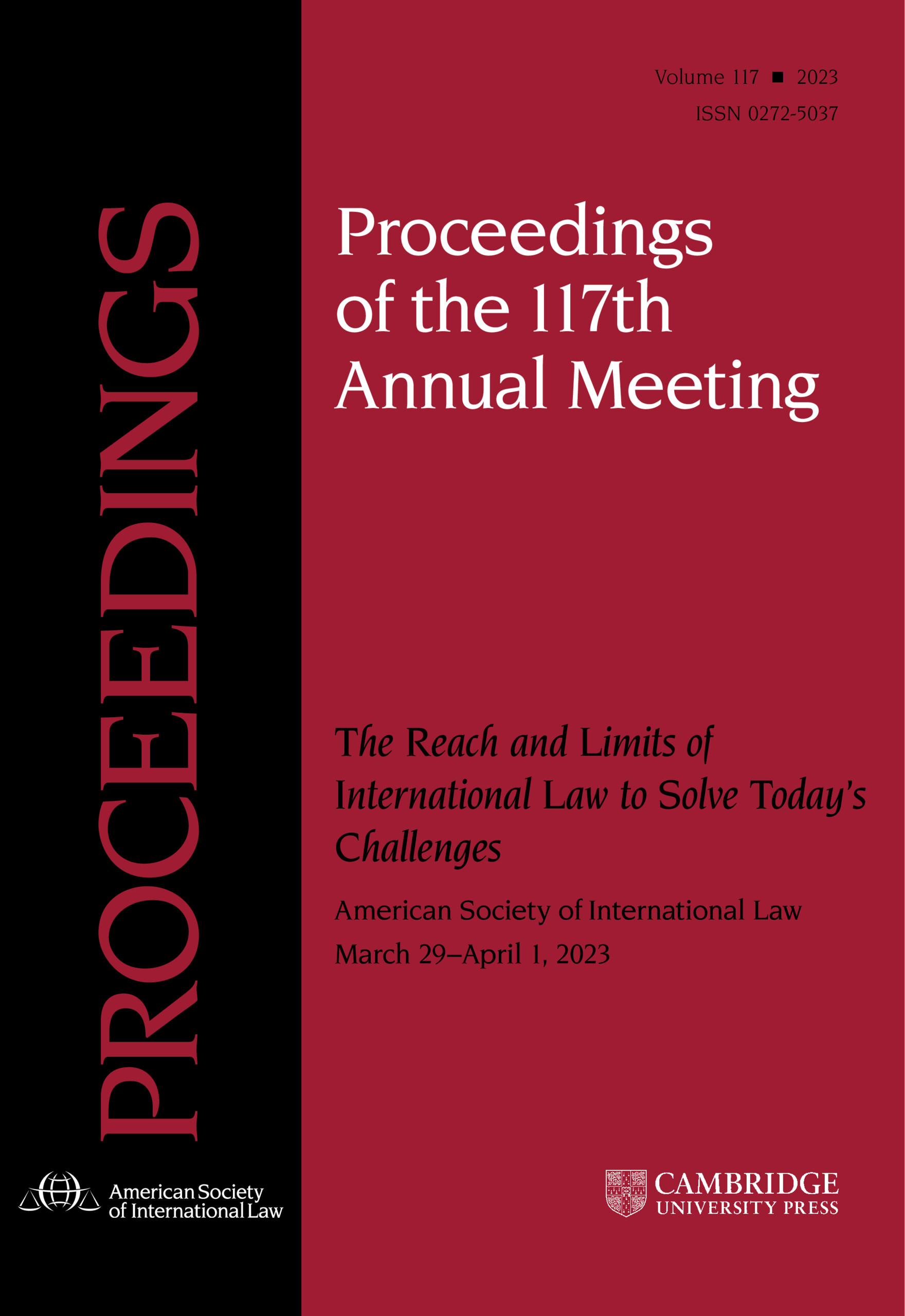On October 24, 2019, The Human Rights Committee adopted a view in the case of Ioane Teitiota v. New Zealand; a case concerning the complaint of a national of Kiribati, seeking asylum in New Zealand, from the effects of climate change in Kiribati. With his claim being rejected by New Zealand, Mr. Teitiota was returned to his country; however, he insisted that by sending him back to Kiribati, New Zealand violated his right to life under the International Covenant on Civil and Political Rights (ICCPR) by exposing him to conditions that endanger his life. The conditions included the sea level rise in Kiribati due to climate change, resulting in the scarcity of habitable space, environmental degradation, and saltwater contamination of the freshwater supply.
The Committee accepted the factual narrative of the complainant, but concluded that the author did not demonstrate clear arbitrariness or error in the domestic authorities’ assessment, as to whether he faced a real, personal and reasonably foreseeable risk of a threat to his right to life as a result of the situation in Kiribati.
The majority were of the view that since the entire country was subject to the same conditions, it would be opening the floodgates for others to seek asylum thereby causing a heavy burden to other countries. My view was that if you have a sinking boat and a voyager has already escaped, you do not force them back because others are still trapped in the ill-fated vessel.
I. General Points of Benefit
Despite not finding in favor of the complainant, the Committee's decision is a significant step taken toward the recognition of climate refugees, especially as regards non-refoulement obligations under human rights law and the ICCPR (which contains broader protection). The decision affirms that treaty bodies and human rights judicial institutions more broadly, can be effective avenues for litigation on climate change issues and environmental matters. With an expansive approach to the protection of life—the focus on a life with dignity, the Committee presents the possibility that climate change may lead to the displacement of individuals and trigger the obligation of non-refoulement, even where the anticipated extreme risk (like the risk of an entire country becoming submerged under water) has not yet been realized.
The Committee also highlighted the role that the international community must play in assisting countries adversely affected by climate change. This is in addition to robust national efforts to curb the effects and progression of climate change. The Committee's decision advanced the general debate on the subject of climate refugees (asylum seekers) and the related states’ human rights obligations with regard to the principle of non-refoulement.
II. Areas for a Bolder Approach?
I propose to reiterate the issues I raised in my dissenting view in the Committee:
Whereas the risk to a person expelled or otherwise removed, must be personal—not deriving from general conditions, except in extreme cases—the threshold should not be too high or unreasonable. It is critical to handle irreversible issues of climate change with an approach that upholds the sanctity of life. Thus, in the Teitiota case, the considerable difficulty in accessing fresh water because of the environmental conditions should have been sufficient to reach the threshold of risk, without needing to reach the point of a complete lack of fresh water supply.
It is the standard upheld in the Committee that threats to life can be a violation of the right to life, even if they do not result in the loss of life. The fact that the persons suffer significant health hazards on account of the environmental conditions is evidence of a violation for which the non-refoulement principle should apply.
The fact that in some cases the negative impact of climate change is a reality for many in the country, should not make it any more dignified for the persons living in such conditions, or any less relevant for an individual assessment of risk. Climate change is irreversible, and every related risk is significant.
We must reflect the fact that the right to life includes the entitlement of individuals to enjoy a life with dignity, and to be free from acts or omissions that are intended or may be expected to cause their unnatural or premature death. These conditions naturally include environmental degradation and climate change, which are extremely serious threats to the ability of both present and future generations to enjoy the right to life.
III. Closings Questions for Reflection:
Is a human rights approach an effective means of addressing this problem? Could other rights, for example the protection against torture and inhuman and degrading treatment, provide better avenues for addressing issues of climate change? Generally, should we be more creative about the framing of this as a human rights issue? Should such issues be handled by an international quasi-judicial institution? How effective would this approach be?


